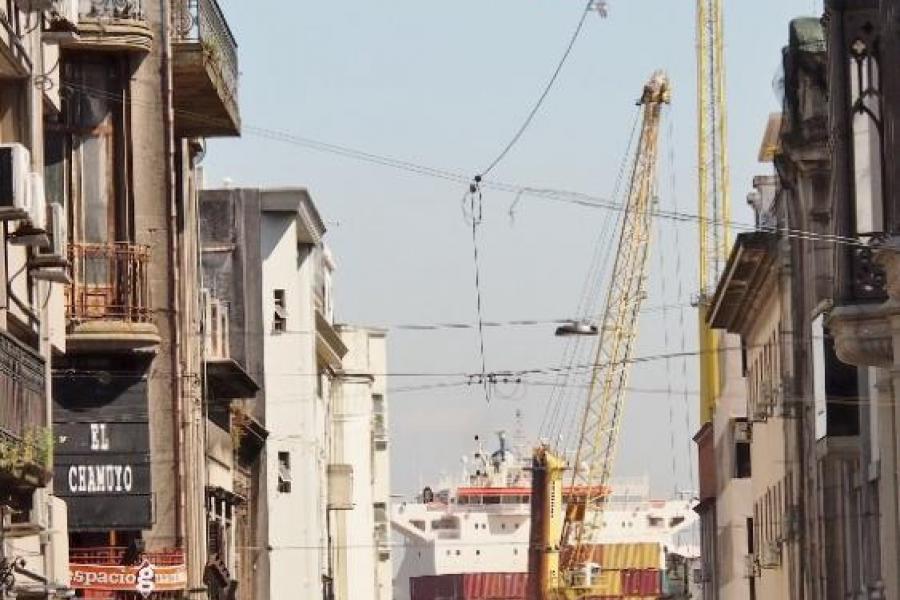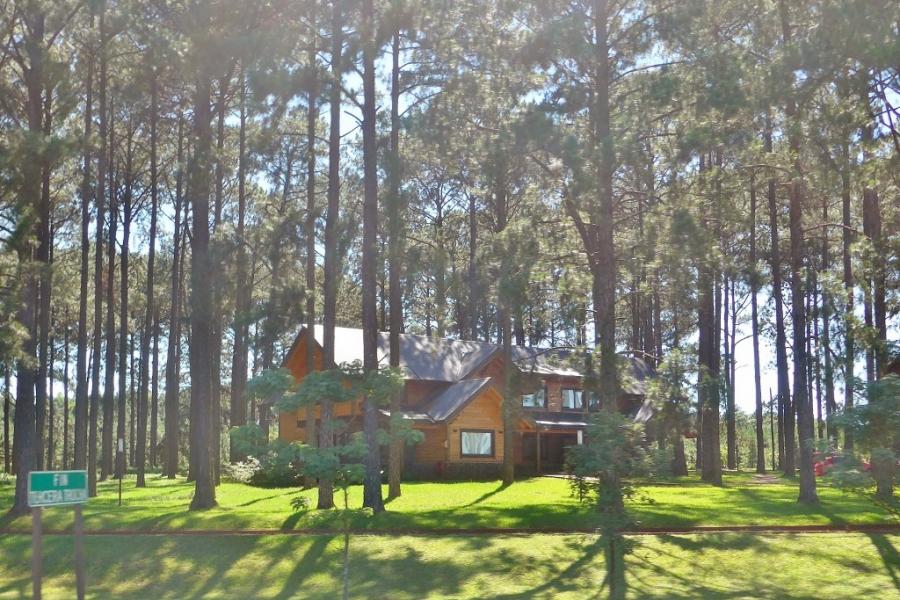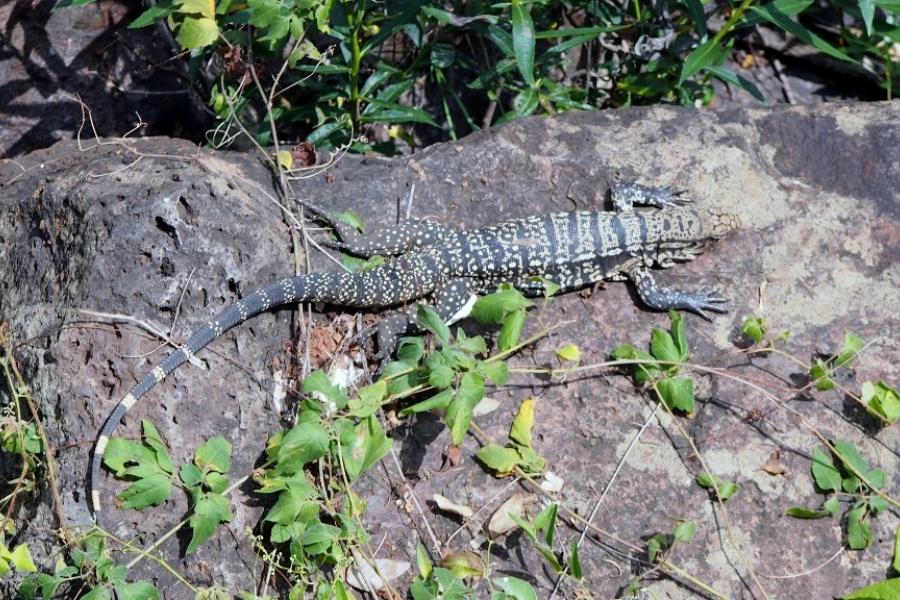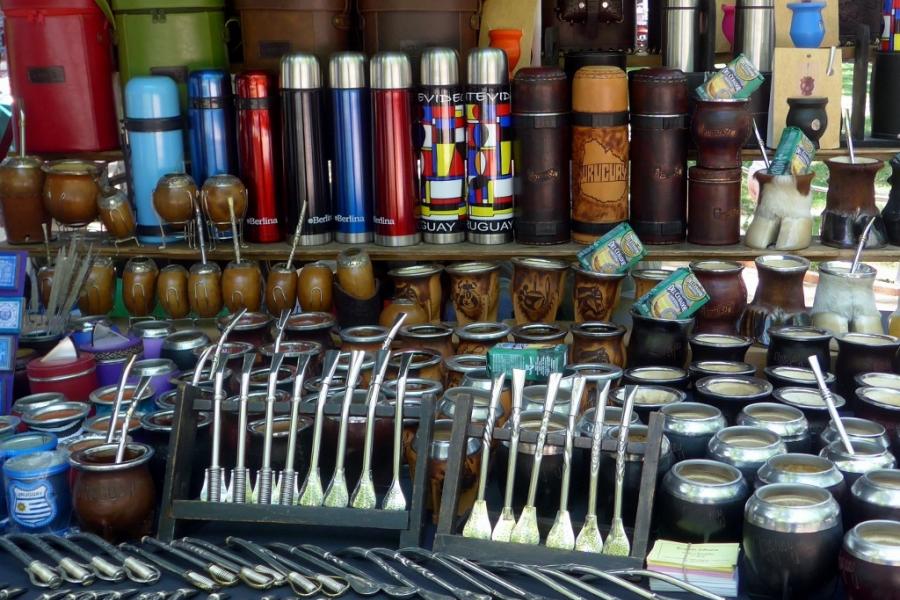A New Australia (Originally posted 5 Dec 2016)
Country
Not many tourists go to Paraguay. The country is relatively small, land-locked and lacks the sort of spectacular physical features of other South American countries. The majority of people who cross the border each day are Brazilians and Argentinians who come to shop in the duty free zones. For Australians there is the added difficulty of obtaining an expensive visa in advance. Despite this, or perhaps because of it, we were glad we came and I think the Paraguayans were pleased to see us. And, there is a little bit of Australia in Paraguay if you can find it.
The observant traveller driving east from the capital, Asunción, may notice a road sign pointing north which says: Nueva Australia. If this were to spark your curiosity you might discover a most amazing story linking two far distant and very different countries.That story begins in the middle of the 19th Century with Paraguay devastated by the five year War of the Triple Alliance which claimed 90% of the male population. The war also set the scene for an economic downturn in Argentina which saw the bottom fall out of several commodities and resulted in an economic depression in Australia. Hang in there, it gets more complicated.
With a downturn in the wool price, Queensland shearers were offered a lower price for their work. They walked off the job and so began the great shearers' strike of 1891. Now, Aussie readers will have learned of the significance of this strike in school but for our many non-Australian readers here is the three sentence version.
The government broke the strike by sending in the troops and arresting the strike leaders. The strike was over but the event was, nonetheless, a turning point in Australia. The unions realised they would need political power if they were to prevail. The Australian Labor Party was formed as the political arm of the union movement which it remains today. More importantly, the Chartist philosophies of the industrial late 19th Century became entrenched in the Australian psyche and remain the prevailing philosophy more than a century later, much to the annoyance of our US friends.
Not all the strikers, however, were galvanised to political action. An English journalist and political firebrand named William Lane became the leader of a faction that had simply given up on Australia and what they saw as its lost ideal of equality. Lane proposed abandoning the lost cause of the South Land and starting afresh elsewhere. An approach to the Argentinian government for land was rebuffed but the Paraguayans were desperate for new (male) blood to farm and repopulate the land. They offered a grant of 185,000 acres and with that launched the New Australia project.
The first 220 settlers, who had each paid £60 to join, set sail under Lane's leadership in 1893. They landed in Montevideo (where this is being written) then made their way up river by steamer. The second tranche arrived the following year but by that time the newly settled New Australia was already in trouble. Lane's rules for the settlement were simply unworkable particularly for the tough working men recruited to the cause. Robin Wood, who was descended from the original settlers summed up the problems succinctly.
“Lane had two rules: 1) No booze. A group of Irish, Scots and Australians? Come on! And 2) No hanky-panky with the natives. For a socialist, he was very racist and and very stupid.”
By the end of that fateful year Lane had left New Australia with 58 devotees to establish a new community at Cosmé located further to the south and more isolated. The Paraguayan government eventually dissolved the New Australia commune and made a grant of land to each settler. While a few new chums arrived over the next few years many of the originals drifted away. Some went back to Australia, others started new communes elsewhere in Paraguay. And, while the Cosmé group remained until 1909, Lane had left for England in 1899.
In all, about 80 families stayed on in Paraguay and today there are about 2000 descendants. The vestiges of Australia, however, have long since faded. Lane's community of English- speaking white men looks a lot like any other Paraguayan village now. Notwithstanding this, the story is strangely haunting not least because it has within it a good share of both pathos and irony.
That great majority of defeated rural workers who did not jump ship with Lane were galvanised to a new political direction. They formed a workers' political party and within a decade had won government in the first parliament of the new nation of Australia. What followed was two decades of social and political innovation that not only forged an astounding democracy but also had a marked influence around the world. Suffrage for all except Aborigines, proportional voting, a unique parliamentary structure, an electoral process regulated by a statutory commission, industrial relations tribunals and the idea that a worker was entitled to fair pay were all born in the hothouse of those early years.
Many of those ideas were exported to the wider world. Australian suffragettes took the fight for electoral equality to the United Kingdom and then on to the US where women still had a decade of struggle to achieve the vote. Innovative industrial laws were studied and copied in social democracies and the very ideal of an egalitarian society became a practical ideology in western countries.
The Paraguayan cousins saw none of this. They absented themselves to a country run by dictators and a corrupt élite from independence in 1811 until well into the 20th Century and where the very notion of an egalitarian workers' democracy was laughable. It would be almost 100 years before the descendants of the Paraguayan Australians could lay claim to a small part of their heritage of modern democracy. Herein lies the tragedy. For people weighed down by the despair of defeat, stupid, racist demagogues somehow seem plausible and it becomes possible to believe that there is a solution to improving the human condition that doesn't require you to stand your ground and fight. Watching the political process in a number of western countries it is easy to see the same wishful thinking gripping many beaten down souls, and the new demagogues are many.
This was a big week of travelling with plenty of time sitting on the bike to mull over this interesting tale. We started the week in Asunción, Paraguay and ended it in Montevideo, Uruguay, 2000km and two border crossings to the south east. Our week also included a couple of days playing the tourist at the famous Iguazú Falls which is a worthy use of a few days if you happen to be passing this way. I am not sure, however, it was worth the great effort it took to get there.
Montevideo no doubt suffers from being a short ferry ride away from Buenos Aires making it easy for the young and ambitious to seek their fortune in a bigger city. The place has a quaint mix of architectural styles, with some fine Neoclassical and Art Deco buildings jostling for space with 1960s glass and aluminium horrors. In the historic centre it was all looking somewhat faded but few people live or work here any more and the money is now to be found in the nicer, newer, suburbs further out and in the beach resorts on the east coast. The old city of Montevideo isn't helped by the worst efforts of the spray can taggers who have no more artistic talent than anywhere else we have been recently.
Ending our week in a new country with a new and interesting city to investigate was enough to distract us from the latest round of Elephant troubles, at least for a while. The front Ohlins suspension strut on the bike has disgorged its oil and we need to do something about it. Our only problem is deciding when as none of the options are good. Life gets v/complicated sometimes!


































